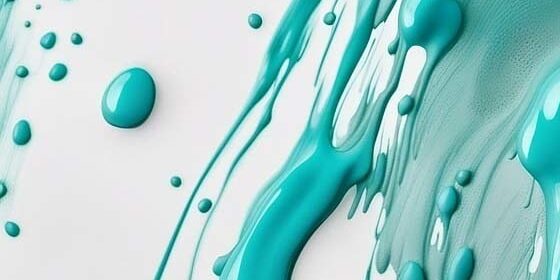What are the mechanisms of water-based defoamers?
In industrial production, a lot of foams that are difficult to produce will be produced. At this time, defoaming is needed. There are many types of defoamers, including water-based defoamers and oil-based defoamers. In actual production, the most prominent effect is water-based defoamers. So, how much do people know about its mechanism? Let’s listen to what the experts say.
Bubbles and foams often accompany people’s lives and production. Sometimes they need to be used, such as flotation, fire extinguishing, dust removal, washing, making foam ceramics and water-based defoamer plastics, etc.; sometimes they need to be eliminated, such as fermentation, coatings, papermaking, printing and dyeing, eliminating flatulence in organs in the body, boiler water, wastewater treatment and prism (or glass) manufacturing.
The so-called “bubbles” or “bubbles” refer to insoluble gases existing in liquids or solids, or existing in independent bubbles surrounded by their thin films. The accumulation state of many bubbles gathered together and separated from each other by thin films is called foam. Bubbles are a dispersed system with gas/liquid, gas/solid, and gas/liquid/solid interfaces. The latter is commonly seen in bubbles in mineral processing and oil field systems.
Generally speaking, pure water and pure surfactants do not foam because their surfaces and interiors are uniform and it is difficult to form an elastic film. Even if they are formed, they are unstable and will disappear instantly. However, in the presence of surfactants in the solution, after the bubbles are formed, due to the action of intermolecular forces, the hydrophilic and hydrophobic groups in the molecules are adsorbed by the bubble wall to form a regular arrangement. The hydrophilic groups face the water phase and the hydrophobic groups face the inside of the bubble, thereby forming an elastic film on the bubble interface. It is very stable and not easy to break under normal conditions.
The stability of foam is related to factors such as surface viscosity and elasticity, electrical repulsion, movement of the surface film, temperature, and evaporation. Furthermore, bubbles are inversely related to the surface tension of the liquid. The smaller the tension, the easier it is to foam. In life and production, the appearance of foam sometimes brings many inconveniences to people, so defoaming is necessary.
Any factor that can destroy the stability of foam can be used for defoaming. Defoaming covers two factors: “foam suppression” and “foam breaking”. Silicone defoamers have this function. They can reduce the surface tension of water, solutions, suspensions, etc., prevent the formation of foam, or reduce the original foam, and usually have a selective effect. Generally, physical defoaming methods are difficult to defoam instantly, while chemical defoaming and interfacial chemical defoaming are very fast, convenient and efficient.
In general, water-based defoamers refer to agents with chemical and interfacial chemical defoaming effects. As defoamers, there are low-carbon alcohols, mineral oils, organic polar compounds and silicone resins. Its forms include oil type, solution type, emulsion type and foam type. As defoamers, they all have the characteristics of strong defoaming power, chemical stability, physiological inertness, heat resistance, oxygen resistance, corrosion resistance, gas dissolution, breathability, easy diffusion, easy penetration, difficult to dissolve in the defoaming system and no physical and chemical influence, small amount of defoamer, and high efficiency.
There are many varieties of defoamers and they are widely used. The process of “foam suppression” and “foam breaking” of water-based defoamers is as follows: when the defoamer is added to the system, its molecules are randomly distributed on the surface of the liquid, inhibiting the formation of an elastic film, that is, terminating the generation of foam. When the system produces a large amount of foam, the defoamer is added, and its molecules are immediately spread on the surface of the foam, spreading rapidly to form a very thin double film layer, which further diffuses, penetrates, and invades in layers, thereby replacing the original thin wall of the foam film.
Due to its low surface tension, it flows to the liquid with high surface tension that produces foam. In this way, the defoamer molecules with low surface tension continue to diffuse and penetrate between the gas-liquid interface, making its membrane wall rapidly thinner. At the same time, the foam is strongly pulled by the surrounding membrane layer with high surface tension, which causes the stress around the foam to be unbalanced, resulting in its “bubble breaking”. The defoamer molecules that are insoluble in the system re-enter the surface of another foam film, and so on are repeated, and all the foams are completely destroyed.







